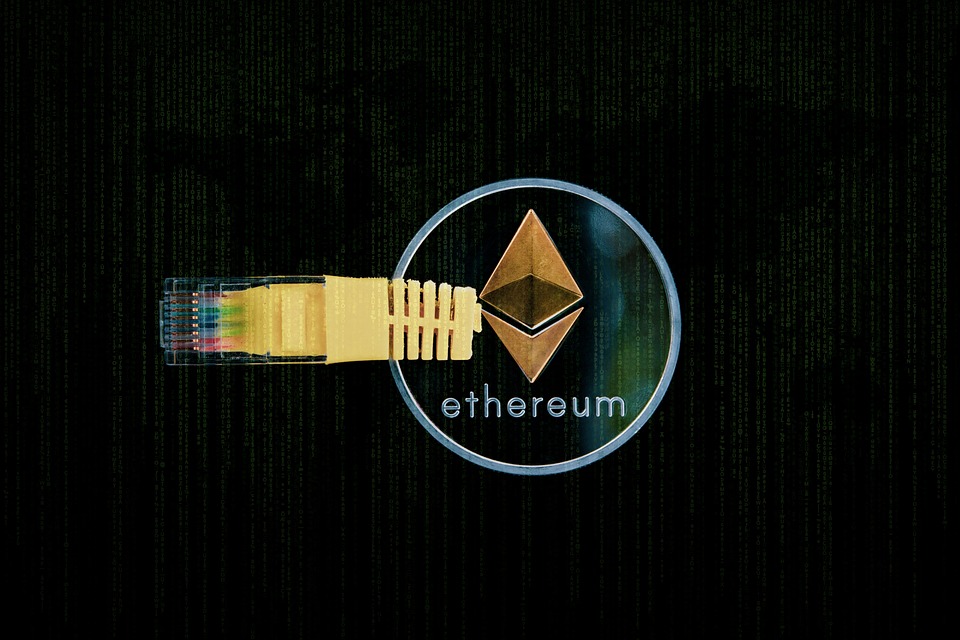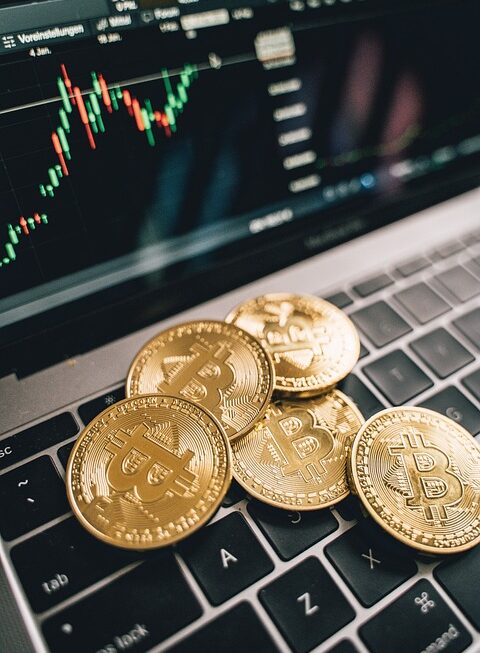Decentralized Finance, or DeFi, is rapidly gaining momentum in the world of finance. This innovative concept utilizes blockchain technology to create a new financial system that is open, transparent, and accessible to anyone with an internet connection. With traditional banking systems plagued by inefficiencies, high fees, and limited accessibility, DeFi is paving the way for a more inclusive and efficient way to manage and exchange assets.
One of the key features of DeFi is its decentralization, which means that there is no central authority controlling the system. Instead, transactions are facilitated through smart contracts, which are self-executing contracts with the terms of the agreement directly written into code. This eliminates the need for intermediaries such as banks or financial institutions, reducing costs and increasing efficiency.
Another key aspect of DeFi is its focus on interoperability. In traditional finance, different financial products and services are often siloed and not easily accessible to each other. DeFi platforms, however, are designed to work together seamlessly, allowing users to easily move assets between different protocols and applications.
The rise of DeFi has led to a surge in innovation within the industry. New projects and platforms are constantly being developed, offering a wide range of financial products and services such as lending, borrowing, trading, and asset management. These platforms are often built on open-source protocols, which means that anyone can access and use them without the need for permission.
One of the most popular use cases of DeFi is decentralized lending and borrowing. Through platforms like Aave or Compound, users can lend out their assets and earn interest, or borrow assets by putting up collateral. These platforms offer competitive interest rates and a high degree of transparency, making them an attractive alternative to traditional banking services.
DeFi is also revolutionizing the way assets are traded. Decentralized exchanges, such as Uniswap or SushiSwap, allow users to trade assets directly with each other, without the need for a centralized exchange. This not only reduces fees and counterparty risk but also increases liquidity and accessibility to a wide range of assets.
While DeFi offers many benefits, it is not without its challenges. Security is a major concern, as the industry is still relatively new and vulnerable to hacks and exploits. Regulatory uncertainty is another issue, as many DeFi platforms operate outside of traditional financial regulations. However, as the industry continues to mature, we can expect to see improvements in security measures and greater clarity in regulatory frameworks.
Overall, the rise of DeFi is reshaping the way we think about finance. By leveraging blockchain technology, decentralization, and interoperability, DeFi is creating a more inclusive, transparent, and efficient financial system that has the potential to revolutionize banking as we know it. As more users and institutions adopt DeFi, we can expect to see even greater innovation and growth in the industry in the years to come.




